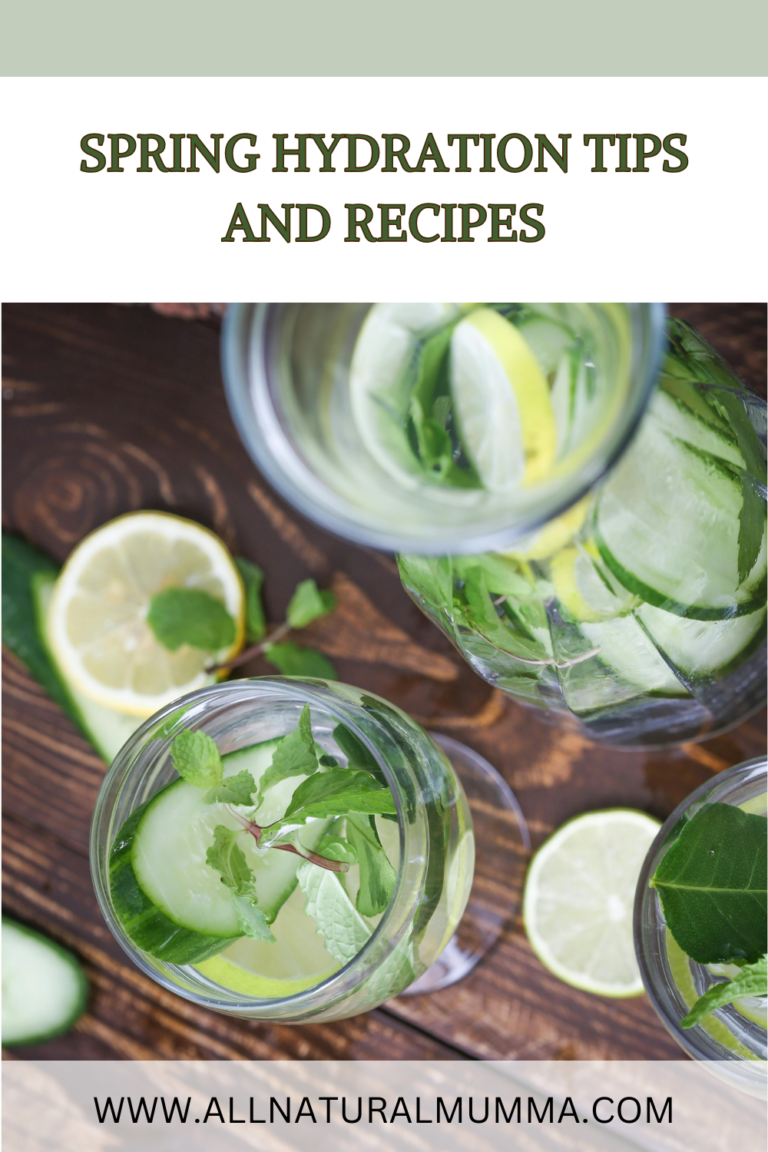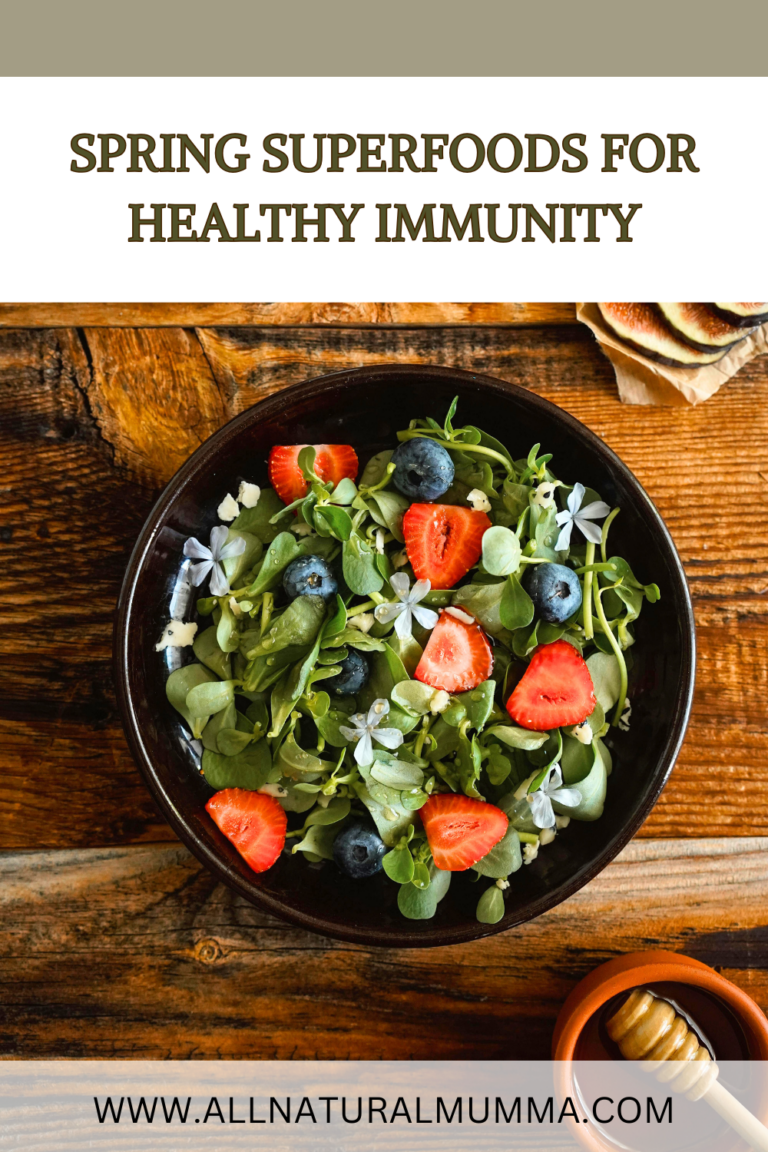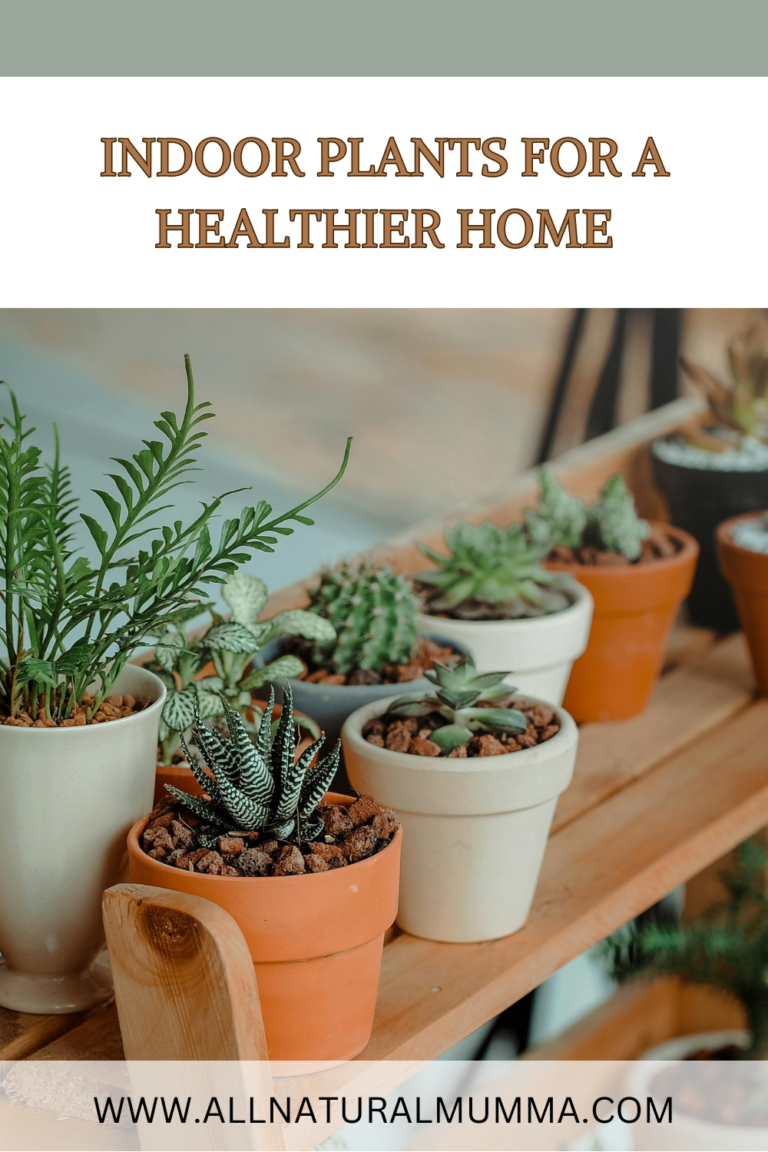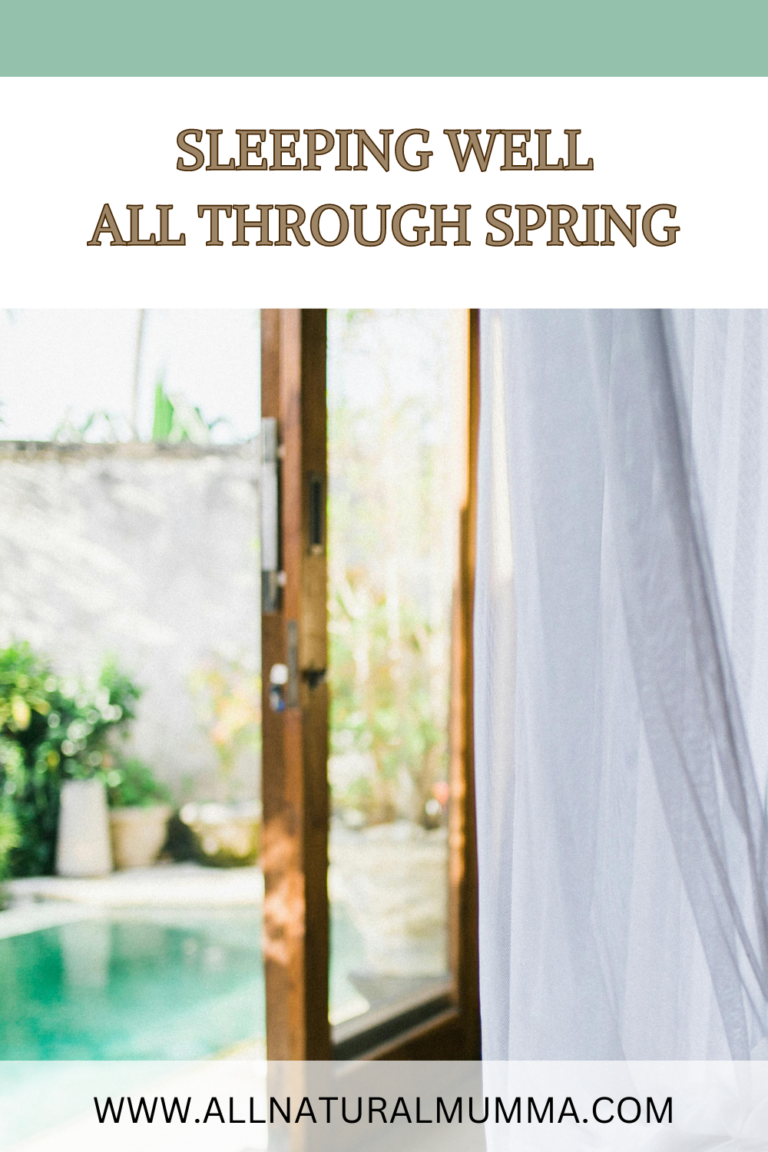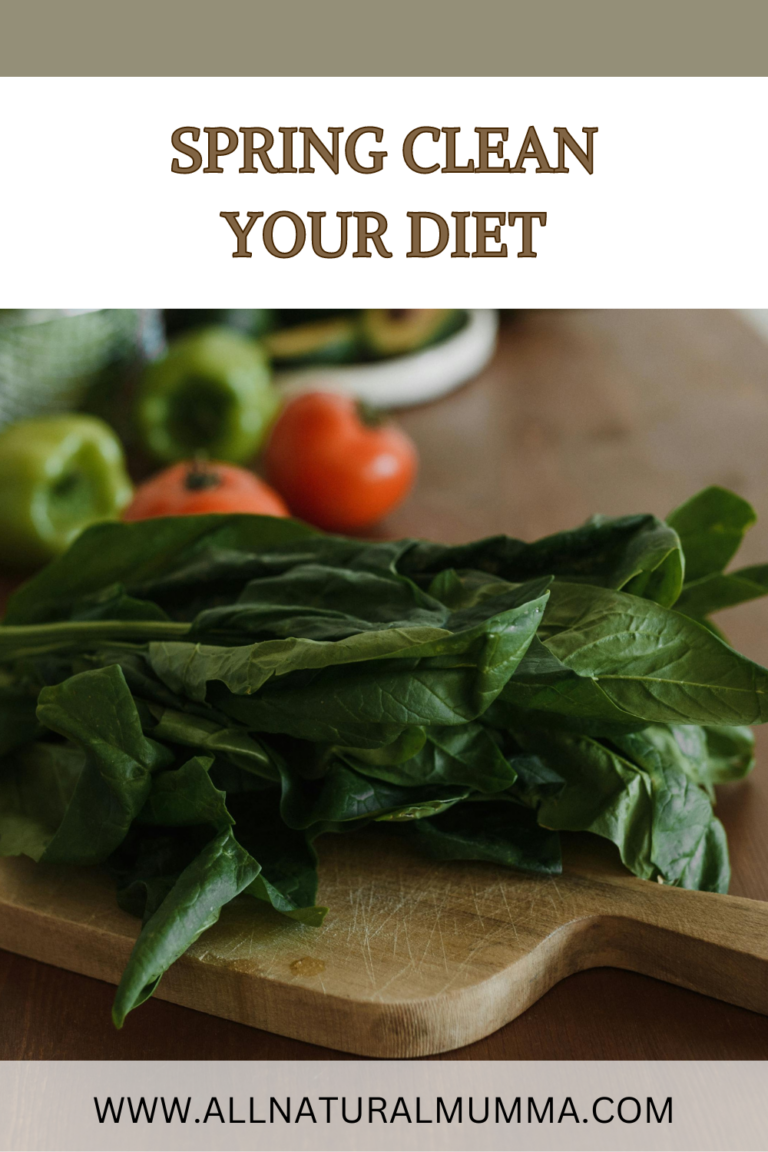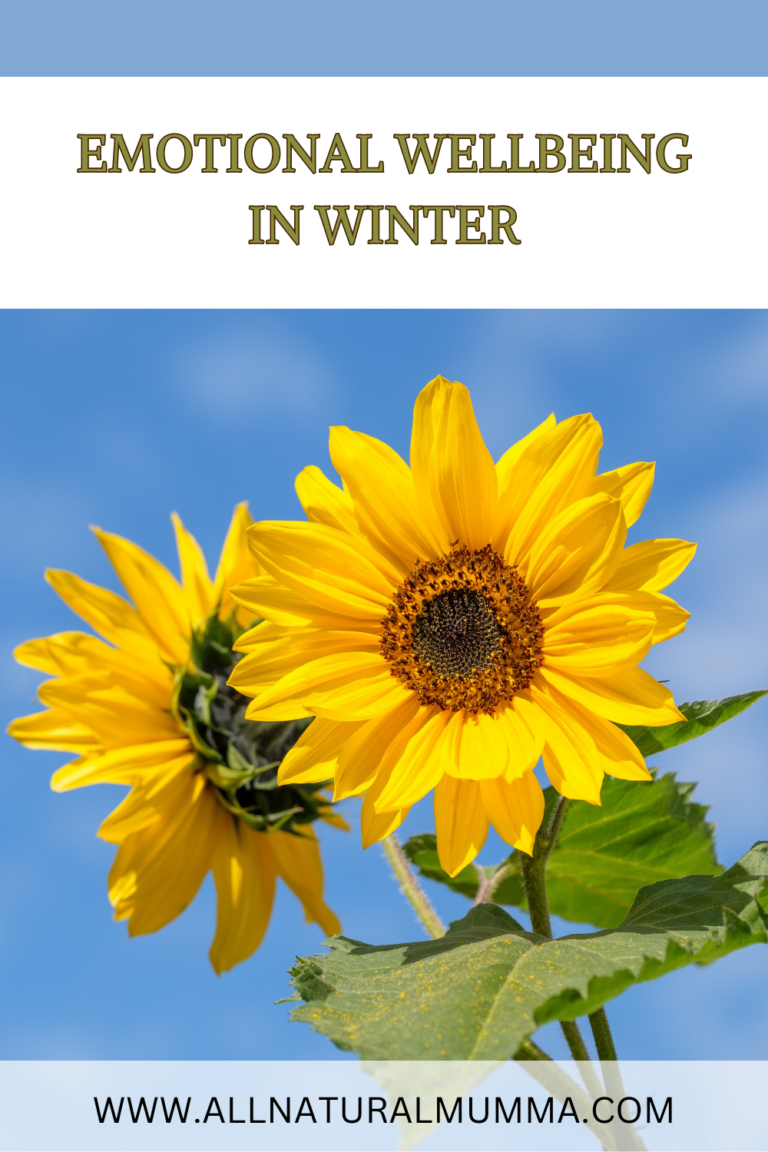Spring ushers in warmer weather and vibrant outdoor activities, so it’s essential to stay hydrated to maintain optimal health and energy levels. Proper hydration supports every bodily function, from regulating body temperature and keeping joints lubricated to delivering nutrients to cells and keeping your skin glowing. Here’s why staying hydrated is crucial during spring and some tasty beverage recipes to help you stay refreshed.
THE IMPORTANCE OF STAYING HYDRATED
Enhanced Energy Levels: Dehydration can lead to fatigue and sluggishness. Keeping hydrated ensures that your body can perform at its best, whether you’re gardening, hiking, or simply enjoying a sunny day.
Improved Digestion: Water helps in the digestion process and prevents constipation. As you enjoy fresh spring produce, staying hydrated will aid in nutrient absorption and digestion.
Healthy Skin: Spring is the perfect time to rejuvenate your skin after the harsh winter months. Proper hydration keeps your skin looking fresh, reducing dryness and promoting a healthy glow.
Detoxification: Drinking enough water helps flush out toxins from your body, enhancing your overall health and well-being.
REFRESHING SPRING BEVVY RECIPES
To make hydration more enjoyable, try these refreshing and healthy spring beverages that will keep you hydrated and energised.
Cucumber Mint Water
INGREDIENTS
– 1 cucumber, thinly sliced
– A handful of fresh mint leaves
– 1 lemon, sliced
– 1-2 liters of water
INSTRUCTIONS
1. Combine cucumber slices, mint leaves, and lemon slices in a jug.
2. Fill with water and refrigerate for at least 2 hours to let the flavours infuse.
3. Serve chilled
Strawberry Basil Lemonade
INGREDIENTS
– 1 cup strawberries, hulled and sliced
– A handful of fresh basil leaves
– 2 lemons, juiced
– 1-2 tablespoons honey or agave syrup (optional)
– 4 cups water
INSTRUCTIONS
1. In a blender, blend strawberries, basil leaves, lemon juice, and honey/agave syrup with one cup of water until smooth.
2. Strain the mixture into a jug to remove pulp.
3. Add the remaining water and stir well.
4. Refrigerate for at least 1 hour and serve over ice
Citrus Coconut Water
INGREDIENTS
– 1 cup coconut water
– 1 orange, sliced
– 1 lime, sliced
– A few fresh mint leaves
– Ice cubes
INSTRUCTIONS
1. Combine coconut water, orange slices, lime slices, and mint leaves in a jug.
2. Add ice cubes and stir gently.
3. Let it sit for about 10 minutes to let the flavours meld.
4. Serve chilled
Herbal Iced Tea
INGREDIENTS
– 2-3 herbal organic tea bags (chamomile, peppermint, or your favourite blend)
– 4 cups boiling water
– 1-2 tablespoons honey (optional)
– Lemon slices for garnish
– Ice cubes
INSTRUCTIONS
1. Brew the tea bags in boiling water for 5-10 minutes, depending on desired strength.
2. Remove tea bags and stir in honey, if using.
3. Let the tea cool to room temperature, then refrigerate until chilled.
4. Serve over ice with lemon slices for a refreshing, hydrating drink.
By incorporating these tasty and hydrating beverages into your daily routine, you’ll not only quench your thirst but also support your overall health and wellness.
Tell me which recipe you are most keen to try!


